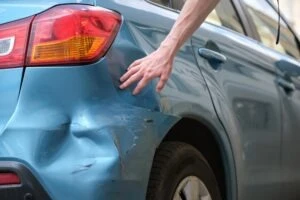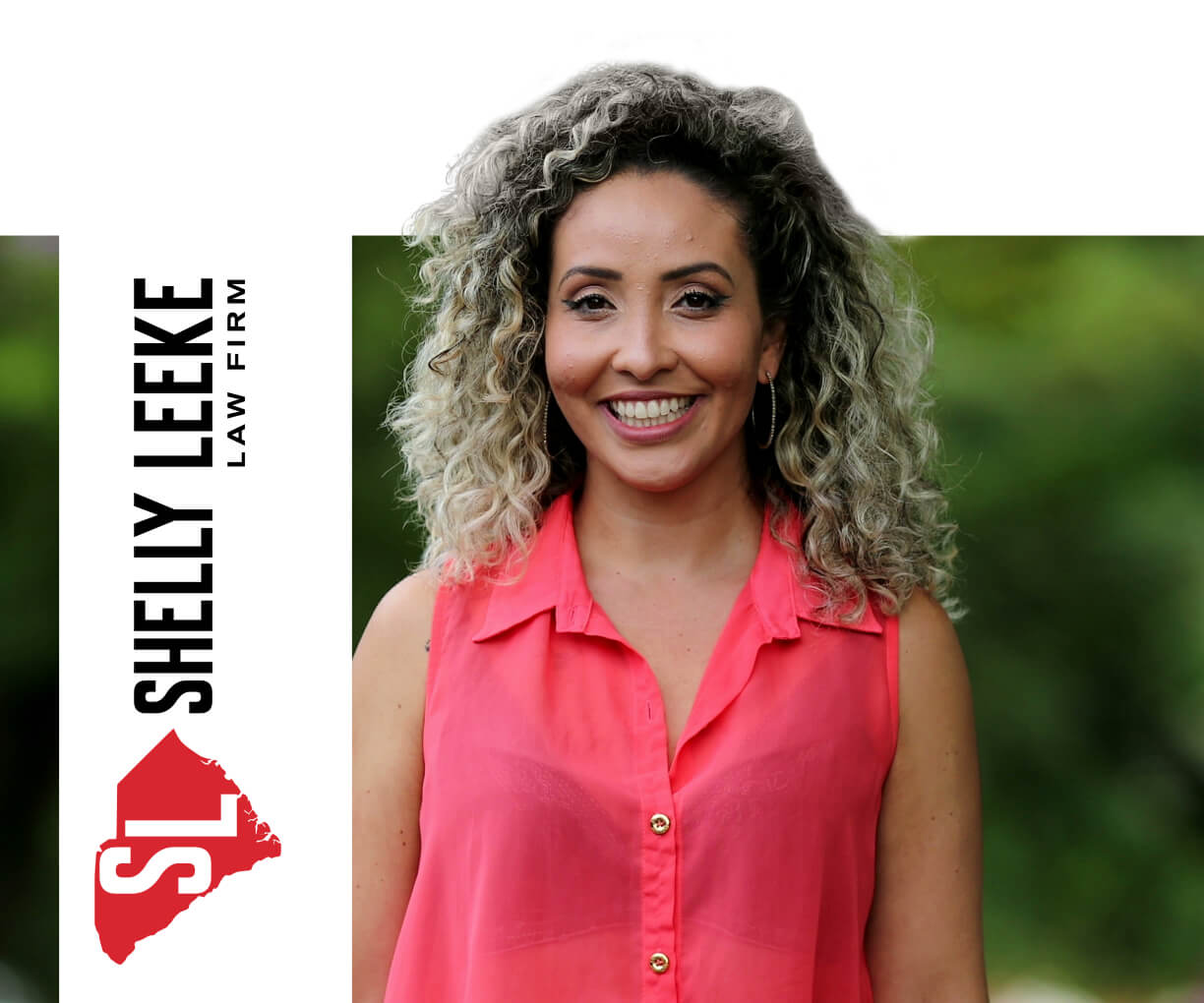
What is considered a hit and run? If the driver of any vehicle involved in an accident fails to stop so that they can provide their information and see if anyone needs help, they have committed a hit and run. The term also applies to a driver who damages property and simply drives off.
A hit and run driver faces a felony charge or, if nobody was injured, a serious misdemeanor charge. In the worst cases, the driver faces up to 25 years in prison. If you were injured in a hit and run accident, our South Carolina hit and run accident lawyer can help.
Types of Accidents Considered a Hit and Run Even though Nobody was Injured
Fleeing the scene after injuring another person represents the worst type of hit and run. However, hit and runs in which nobody is injured are fairly common. These accidents are classified according to the circumstances in which they occurred, namely:
- Hitting an attended vehicle before leaving or fleeing the scene
- Hitting an unattended vehicle before leaving the scene of the accident
- Causing property damage and leaving the scene without taking the appropriate steps
Of these, damaging an attended vehicle without stopping to ensure nobody was injured and without sharing the necessary details with its owner is considered the most serious. It is a misdemeanor offense for which offenders can be sentenced to hefty fines or prison.

How Injury-Related Hit and Run Accidents are Classified
When people are injured in a hit and run accident, various classifications apply. They are based on the seriousness of the injuries sustained and whether the driver was at fault or not at fault. These categories are:
- Hit and run involving a minor injury
- At-fault accidents involving serious injury or death
- Not at fault hit and run involving serious injury or death
In any of these scenarios, the driver is guilty of a felony. The most serious type of hit and run here involves being at fault, causing serious injury or death, and not remaining to face the consequences and help the injured party.
When Leaving the Scene is Not Considered a Hit and Run
There are very few exceptions that allow a driver to leave the scene of an accident. Nevertheless, there are times when people leaving an accident scene may have justifiable reasons for doing so.
Sounding the Alarm After a Hit and Run
According to the South Carolina Code of Laws – Title 56, the only reason to leave the scene of an accident in which someone has been injured is to contact authorities. In today’s connected world, the need to do so would be very unusual.
If a driver leaves the scene to call emergency services, it is not considered a hit and run if they immediately return and wait for help to arrive. Their duty is not only to report the accident but also to ensure that any injured people are helped as soon as possible.
Damage to Property When the Owner Cannot be Found
If the accident involves damage to property but nobody was injured, the driver must make an effort to find the person whose property they have damaged. If they cannot, they may leave the scene, but only after writing down their name and details, the name of the owner of the vehicle, and an explanation of what occurred.
For this not to be considered a hit and run, the driver must leave the information in a conspicuous place. For instance, if a driver strikes a parked vehicle and cannot find its owner, they can leave their details under the windshield wiper on the driver’s side.
If this has happened to you, feel free to consult us about what you should do when someone hits your parked car.
The Driver Stops a Distance Away from the Accident Scene and Returns to It
After an accident, a driver should stop as close to the accident scene as possible. They must take the safety of other road users into account. If there is no safe place to stop, they may drive a little further before stopping and returning to the scene.
Although this might initially look like a hit and run, the driver has no intention of leaving any injured people behind and intends to report back at the accident scene. They are just ensuring that they do not cause further accidents through the act of stopping. This is, therefore, not a hit and run.
The Driver Does not Realize there was an Accident
Although this may seem a trifle far-fetched, there are instances in which drivers are unaware that their cars were in an accident. This is especially true if the impact is very light and occurs in a noisy environment.
Alternatively, the driver knows they grazed an object but believes that no damage was caused. Because they were unaware of the damage, they continued to drive. This defense would only hold if the impact was very slight indeed. If a reasonable person would have suspected damage and would have stopped, this attempt at justification would not be accepted.

Hit and Run Accident Examples and Facts
As we noted, a hit and run accident can involve people, property, or both. According to the American Automobile Association (AAA) Do’s and Don’ts After a Hit-and-Run Accident, about 11% of accidents in the US involve hit and run drivers.
This figure includes damage to property. For example, a driver loses control of their car and strikes a shop front or a wall. They then flee the scene. The figures are worse when pedestrian safety statistics are considered. Around 23% of pedestrian fatalities are linked to hit and run drivers.
Other examples include car accidents in which one of the drivers flees and drivers who drive away after striking a parked vehicle. The law is clear. After an accident, drivers must remain on the scene. If they do not, it is considered a hit and run.

If You were a Victim in a Hit and Run Accident, a Lawyer Can Help
It may seem as if there is no alternative but to accept that you are a victim. Nevertheless, a lawyer may be able to help. For example, we can conduct an investigation and see if we can track down the driver. Possible avenues include searching for witnesses and CCTV footage.
If all else fails, a lawyer can help examine your insurance policies to see if you have coverage for a hit and run and negotiate with your insurance company if you do. For example, if you have suffered damage from what is considered a hit and run, uninsured motorist coverage may pay out.
Shelly Leeke Law Firm has a deep understanding of hit and run laws in South Carolina. We have helped many South Carolina residents with this type of case, so reach out for a case assessment and discover what we can do.







